Transporting a vehicle safely is not merely a task but an art that embodies precision, security, and adherence to best practices. Whether you are a seasoned professional in the field of vehicle transport or a novice attempting DIY transportation, knowing how to secure a car to a flatbed trailer with utmost efficiency can prevent potential mishaps and ensure safe travels. In this comprehensive guide, we will explore the step-by-step methods, equipment needed, and best practices to achieve a safe and secure transport.
Understanding the Importance of Proper Car Securing
When a car is loaded onto a flatbed trailer, the potential for movement during transit increases dramatically. Inadequately secured vehicles can shift or even roll off the trailer, leading to significant damage and potential hazards on the road. The ability to secure a car effectively reduces these risks and ensures compliance with transportation regulations, providing peace of mind to the transporter.
Key Benefits of Properly Securing a Vehicle
| Benefit | Description |
|---|---|
| Safety | Reduces risk of accidents during transport. |
| Damage Prevention | Minimizes potential damages to the vehicle being transported. |
| Legal Compliance | Meets transport regulations and avoids legal issues. |
| Insurance Coverage | Increases chances of coverage for any potential damages incurred during transport. |

Essential Equipment for Securing a Car
Before proceeding to the securing process, it is imperative to gather the appropriate equipment. Different types of equipment can make securing a vehicle easier and more reliable. Here are the necessary tools for the job:
1. Ratchet Straps
Ratchet straps are essential for securing your vehicle tightly to the trailer. They provide the tension needed to keep the car stable during transport.
2. Wheel Chocks
Wheel chocks are utilized to prevent the wheels of the car from rolling. Placing wheel chocks in front of and behind the tires adds an additional layer of security.
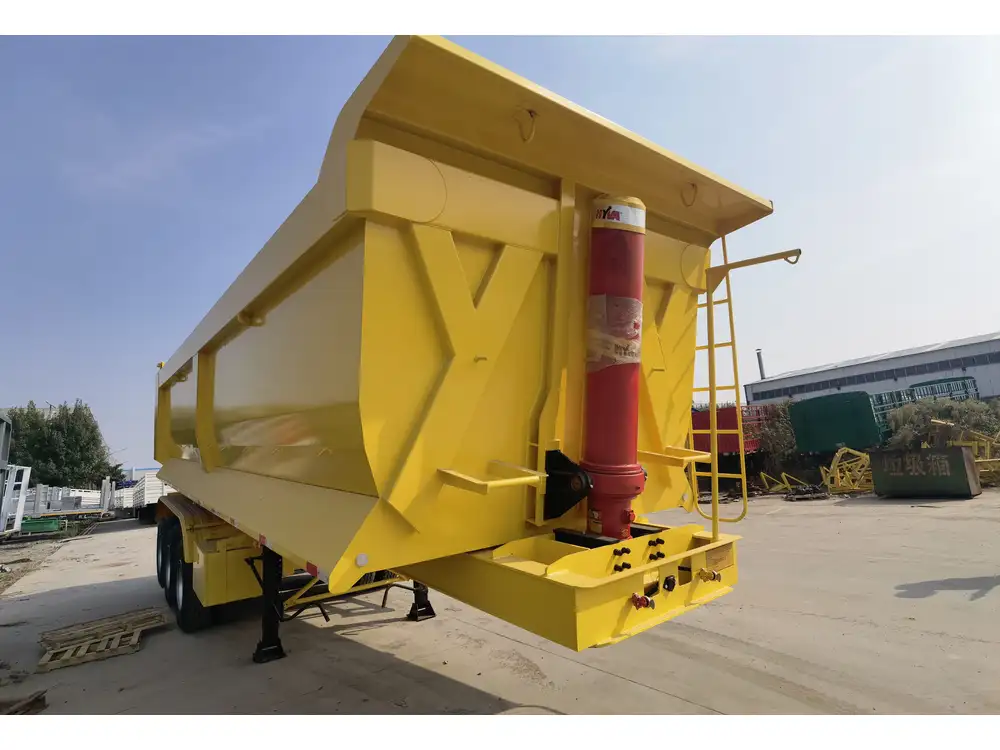
3. Tow Straps or Chains
In some instances, a tow strap or chain may be necessary to secure vehicles that cannot be strapped down effectively. These items offer strong resistance and stability.
4. D-Rings
Installing D-rings on the flatbed trailer provides secure anchor points for your ratchet straps. Ensure they are rated for the weight of the vehicle you are securing.
5. Gloves
Protective gloves are crucial for ensuring a secure grip while handling straps and chains, as well as for your safety during the process.
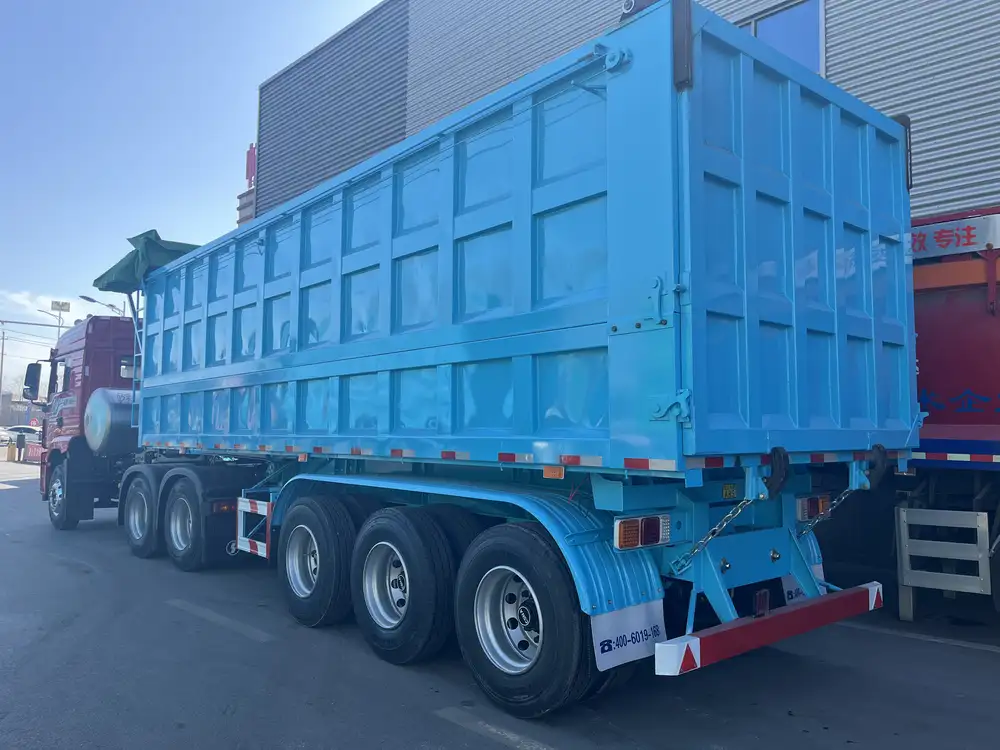
6. A Winch (If Necessary)
For vehicles that are non-drivable, a winch can pull the car onto the trailer bed, ensuring a hassle-free loading process.
Step-by-Step Process on How to Secure a Car to a Flatbed Trailer
Step 1: Prepare the Trailer
Ensure that the flatbed trailer is in optimal condition. Check for any debris, sharp objects, or residual materials that could affect the vehicle’s stability. Inspect the D-rings and ensure they are secure and functional.

Step 2: Position the Vehicle
Drive or push the vehicle to the center of the flatbed trailer. This is critical to maintain balance during transit. Check that the vehicle is positioned on a flat, level surface to prevent any unintended rolling.
Step 3: Engage Service Brakes
Before securing the car, it is important to engage the service brakes. This will ensure that the vehicle remains stationary during the securing process. If applicable, engage the parking brake for additional security.
Step 4: Place Wheel Chocks
Place wheel chocks in front of and behind both the front and rear wheels. This step is vital for preventing any movement during transport and provides added assurance, especially when navigating inclined surfaces.
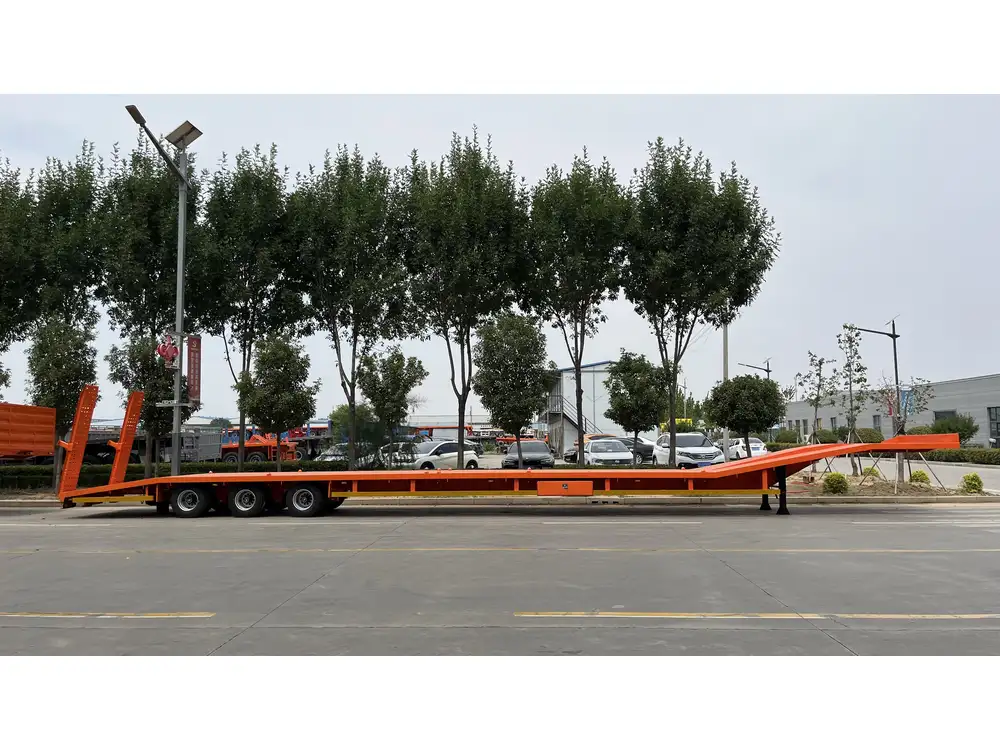
Step 5: Affix Ratchet Straps
- Locate D-Rings: Identify the D-rings along the edge of the trailer.
- Attach the Straps: Loop the ratchet straps through the D-rings, securing them at each wheel’s base. Ensure they are fitted snugly against the tires.
- Ratchet Tightening: Utilize the ratchet to tighten the straps. It is essential to apply enough tension to secure the car, but be cautious. Over-tightening can risk damaging suspension components.
Step 6: Wrap Additional Straps (If Necessary)
In cases where additional security is warranted, consider placing additional ratchet straps across the vehicle’s body. Cross-strapping is often recommended, especially for taller or bulkier vehicles like SUVs and trucks.
Step 7: Double-Check Your Setup
After securing the vehicle, take the time to conduct a thorough inspection:
- Ensure each strap is tightly secured.
- Confirm that wheel chocks are in place and effective.
- Check for any signs of wear or damage on the straps.

Step 8: Conduct a Load Test
Before setting off, gently shift the car back and forth to assess the stability. If any movement occurs, re-tighten the straps, and check the wheel chocks.
Best Practices for Securing Your Vehicle
Adopting best practices when securing a car to a flatbed trailer enhances both safety and efficiency:
Regular Inspection and Maintenance
Frequent checks on the securing equipment can prevent unforeseen issues. Inspect ratchet straps for fraying and check D-rings for corrosion or wear and tear.
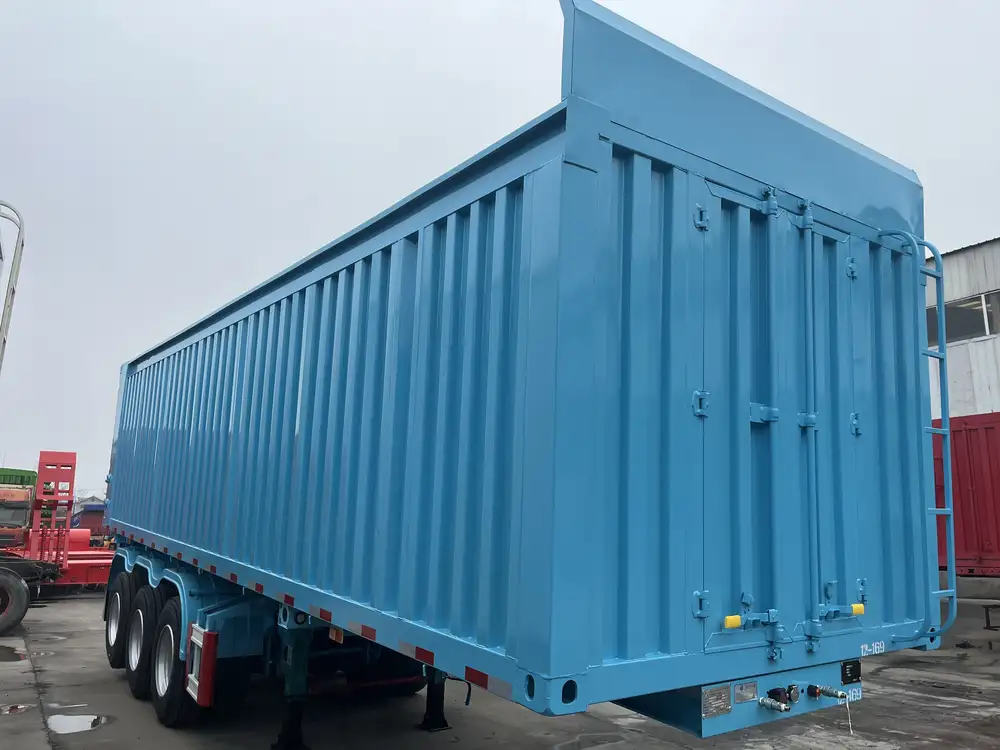
Load Balancing
Avoid overloading one side of the trailer. This can affect the balance and cause significant control issues while driving.
Use Quality Equipment
Invest in high-quality securing equipment and tools, as cheaper alternatives may not provide the necessary strength to secure heavier vehicles adequately.
Train Properly
If your team is involved in transporting vehicles regularly, consider providing proper training on safe securing practices and the use of securing equipment to prevent accidents.
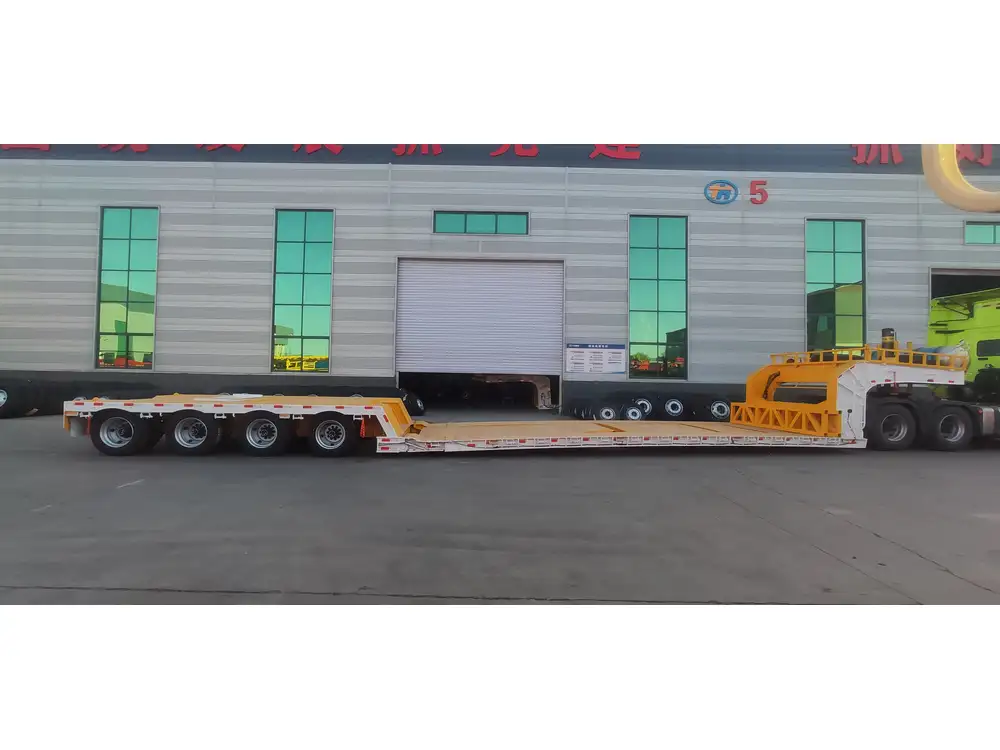
FAQ: Common Questions About Securing a Car to a Flatbed Trailer
FAQ 1: Can I use regular straps instead of ratchet straps?
While regular straps may work in some scenarios, ratchet straps are specifically designed for heavy loads. Their ability to maintain tension securely makes them an optimal choice for effective vehicle transport.
FAQ 2: Are there specific legal requirements for securing a vehicle?
Yes, various jurisdictions have specific requirements for securing loads on trailers, including the type of securing devices required. It is important to familiarize yourself with these regulations before transporting.
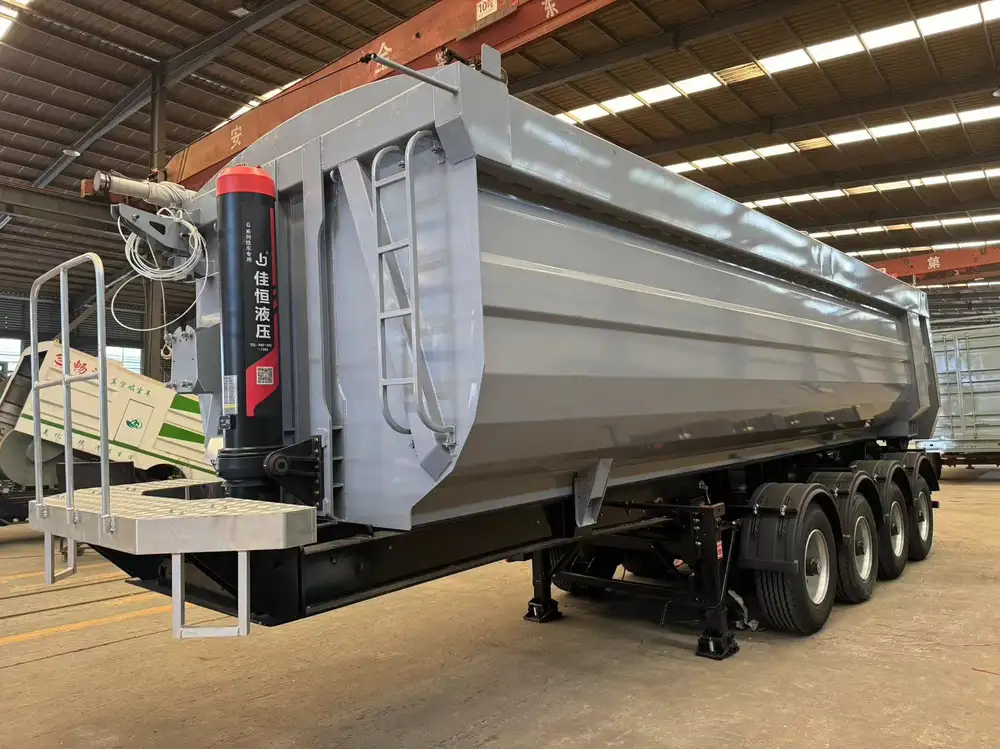
FAQ 3: How can I prevent my vehicle from moving while on the trailer?
Utilizing a combination of ratchet straps, wheel chocks, and proper placement on the trailer ensures that your vehicle remains stationary during transport.
FAQ 4: What if my car is non-drivable?
In instances where the car cannot be driven onto the trailer, using a winch to pull the vehicle onto the trailer is advisable. Always ensure it is securely fastened before transport.
Conclusion
Securing a car to a flatbed trailer requires meticulous attention to detail and a commitment to safety. By following the outlined steps and employing best practices, you can ensure that your vehicle remains secure throughout the transport journey. The combination of high-quality equipment, proper techniques, and diligent inspection will minimize risks and enhance the overall efficiency of your transporting experience. Always prioritize safety—both for your vehicle and for yourself—when undertaking the responsibility of vehicle transport. With thoughtful application of these principles and methods, you can navigate the complex world of vehicle securing with confidence.



